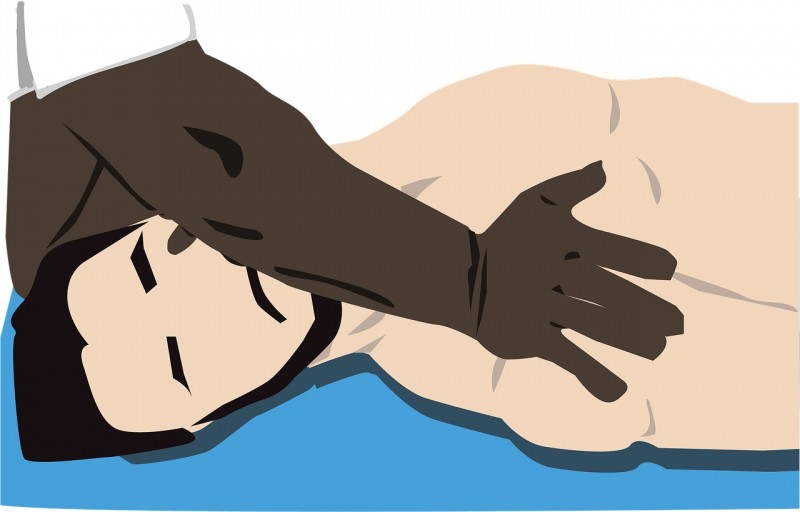Osteopaths and physiotherapists treat similar conditions. Their approach and the reason each would perform a specific technique may differ. Both incorporate manual therapy and exercise prescription in their treatments. However, when distinguishing both professions, osteopaths use manual therapy whereas physiotherapists use exercise prescriptions for their patients.
Osteopathy is a non-invasive manual therapy aiming to improve all body systems' health. Osteopathy near me uses a range of hands-on osteopathic techniques to achieve and promote health in the body. Physiotherapy helps injured, disabled, or ill patients through the use of movement, including massage, exercise, education, and manual therapy.
Assessment process
During your first consultation, the doctors take a thorough case history, including questions about your current symptoms or injury, medical history, ongoing medications, and other factors related to your health and well-being. Your practitioner gets a complete picture of your symptoms, their causes, and other factors influencing them.
Osteopaths
Your physical examination may include active or passive movements, strength tests, orthopaedic tests, neurological tests, and functional and postural assessments. An osteopath near me considers a holistic approach to treatment. For example, if you complain about lower back pain, your osteopath may assess and treat your lower back, pelvis, hips, knee, and ankle dysfunction.
Physiotherapists
A physio near me considers the comprehensive examination and assesses the areas specific to your complaint and others influencing your concerns. The reasons to visit a physiotherapist include rehabilitation, neck, back, shoulder, wrist, and elbow pain, postural issues, sports injuries, headaches, tendon problems, and arthritis.
Treatment types
Osteopaths use soft tissue massage, joint mobilisation and articulation, stretching, pain education, and exercise prescriptions to treat the injury. On the other hand, physiotherapists use dry needling, taping, soft tissue treatment, and joint manipulation.
Other specialists
A wellness centre has a host of specialists to guide, assess, and cure you with various symptoms. Chiropractic doctors, for instance, treat many conditions affecting the nervous and musculoskeletal systems. They can also treat your head, jaws, shoulders, elbows, wrists, hips, pelvis, knees, and ankles through realignment, stretches, exercises, etc. A chiropractor applies short, sharp thrusts to the spine and gradually moves joints through various positions to improve movement.
You can use it either as a complementary treatment (i.e., alongside a primary course of treatment) or as an alternative (i.e., instead of the main treatment).
How to select?
When surfing for a chiro, physio, or osteopathy near melbourne, approach the one with a good reputation through reliable word-of-mouth and online reviews. They should update themselves with the latest techniques and developments combined with their clinical gems. They should be honest, open, and willing to educate you about your condition.
Conclusion
Your therapist aims to arm you with the knowledge and skills to recover from your injury and significantly reduce re-injury risks. The end date should be planned for your treatment and informed in advance. Visit them when they schedule the appointments and follow the therapy accurately.

